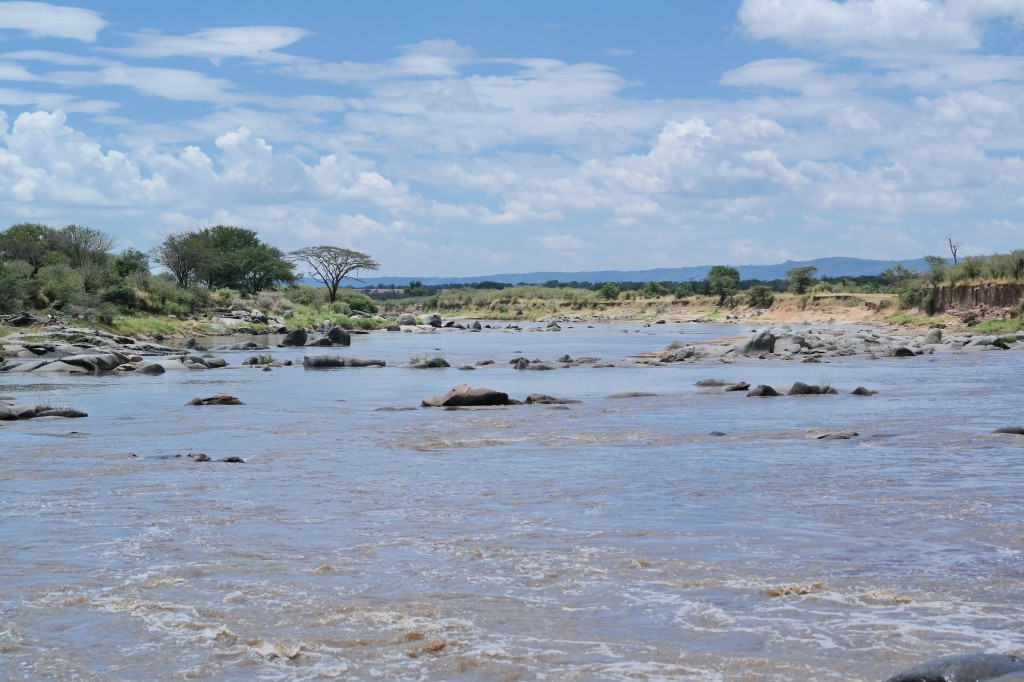The Mara River is an important feature for both the Maasai Mara Natural Reserve and Serengeti National Park, integral conservation zones for some of East Africa’s remaining iconic species. The Lower Mara River snakes its way through the north and west of Serengeti National Park in Tanzania before making its way across a human landscape to enter Lake Victoria at Musoma town. The Mara’s importance to the Serengeti is multiple: the river is a year-round, or perennial, source of water for the Serengeti’s ecosystems, contributes to the local climate, is a key geographic feature for the semi-annual wildebeest migration (the animals are known to cross the river several times), and the river’s related ground water serves some of the safari camps. The SELVA team traveled to the Park during their field investigation to speak with park officials, safari camp operators, and site a new location for hydrologic data collection devices set to deploy later this summer.
The former Serengeti National Park chief ecologist, Emilian Kihwele, and safari camp operators indicate that the Mara River is important in locating park animals for tourists and research scientists, as well as for the great semi-annual migration. The river serves as a likely spot from which to view the dramatic migration that sometimes demonstrates predation of wildebeest, zebra, or gazelle by Nile crocodiles.
Downstream water security issues for local residents are tied to the Serengeti ecosystems. Local residents near in Nyasurula told stories of bloated bodies of animals found during the rainy season in the same areas where they source drinking water. Sometimes dangerous animals, such as hippos, come out of the Park and this may endanger women and children who are at the river for washing or hauling water.








Recent Comments